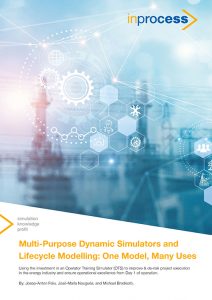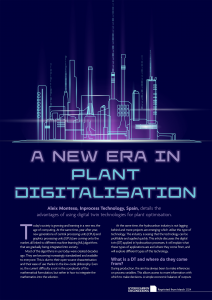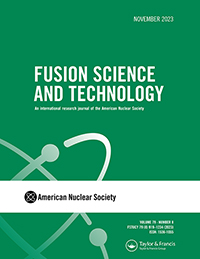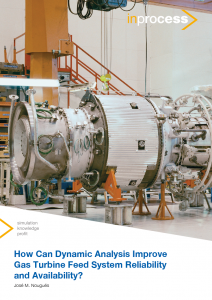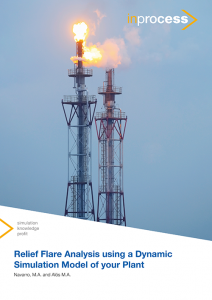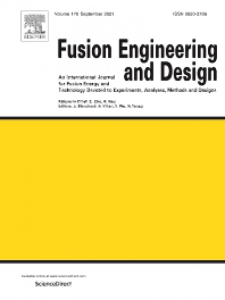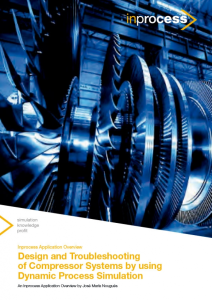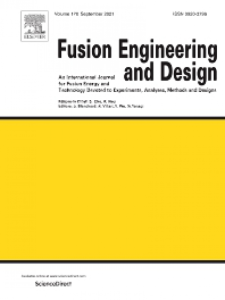Multi-Purpose Dynamic Simulators and Lifecycle Modelling: One Model, Many Uses
This white paper from Inprocess introduces the Multi-Purpose Dynamic Simulator (MPDS) approach—demonstrating how a single dynamic simulation model can be reused throughout the entire lifecycle of a process facility. From early engineering and virtual commissioning to operator training and real-time operational support, MPDS helps reduce project risks, improve safety, and maximize the return on simulation investment.

